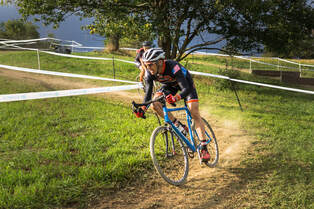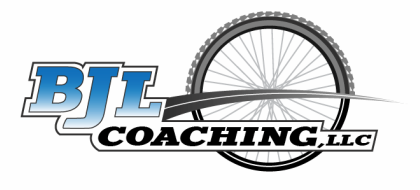 With 'cross starting in late August in many places, we have the opportunity to experience dry and fast courses, relative to what we typically encounter later in the season. Your preparation for these races can and should be different than for the later season cold, muddy, and possibly snowy/icy events. Although from 2017, this article presented by CX Magazine discusses ways to help you make the most of these dry and fast courses, as well as how to use them as a springboard for the rest of your season. The "old school" racer in me still misses racing mountain bikes in the early fall and then starting 'cross in October/November, I certainly don't mind the ease of bike cleaning. And clothing selection for these hot races takes a lot less guess work! Something else I've witnessed in CX Races when the ground is consistently hard and dry is the toll it can take on tires, particularly tubulars. I recall one season specifically where it was very dry through October, and folks were rolling tubulars left and right, myself included. The extra speed we can carry into the corners can generate a lot more force on the tire, and after many weekends of this it can spell the end of a nice relationship between your tire and the rim. I've long since switched to tubeless, but even those, at low pressure, can be folded over and burped or worse. I've had that joy, too, and "rolled" the tire right off the front rim on a high speed downhill sweeper. Fortunately it was grass (albeit the grass felt like concrete : ) ) and not far from the pit, so I grabbed my second bike was able to continue. Take all this into consideration with your glue job and tire pressure choices. Good time to interject a solid article on tyres and tyre pressure from Bike Rader: How to choose the best cyclocross tyres for you (and how to set your tyre pressure for CX racing) I particularly like the paragraph from the CX Magazine article: "Feel free to give yourself some space on these courses too. There’s no sense in letting someone else take out your front wheel in a corner because you were following too closely. You can conserve a lot of energy leaving a small gap into the corner and then coasting through it to close the gap rather than having to brake and sprint hard. This is assuming, of course, you can keep the riders behind you from trying to jump into the gap." Far too often I've watched racers in all fields follow too closely in these fast races and get taken out by the rider in front because they had no time to react due to the speeds. Or, they try to force a pass and end up taking out the rider in front, themselves, and many times a rider or two behind. When the speed is up, a little space is ok. Keeping in mind the idea also presented above that you don't want to create a gap so large others will want to close it, or one too big to close down yourself. Enjoy the article! CX Magazine TRAINING TUESDAY: USING RACING TACTICS ON FAST SEPTEMBER COURSES TO JUMP START YOUR SEASON New to 'cross racing? Never tried it but want to give it a try? Give me a shout and I can help! Contact Brian Comments or questions? Please post below. Cheers, Coach Brian
0 Comments
Your comment will be posted after it is approved.
Leave a Reply. |
Categories
All
Coach B.L.Coach B.L. is the head coach at BJL Coaching and an avid racer and cycling enthusiast himself. Archives
July 2024
|

 RSS Feed
RSS Feed